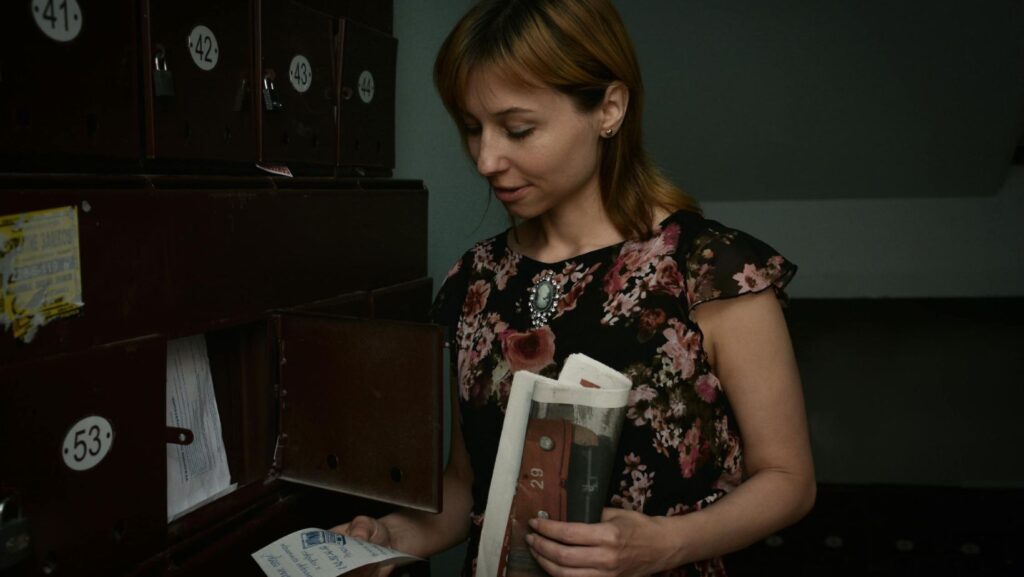Many lab technicians often wonder whether BLS certification is necessary for their role. Medical emergencies occur quite often in emergency rooms and can also happen in laboratories. To handle such situations, BLS training proves highly practical.
Unexpected events like sudden cardiac arrest, collapse or workplace accidents can occur at any time, in any place. Do lab technicians need to be BLS Certified? This begs the question – is BLS certification training a prerequisite for a lab technician position, or is it merely a bonus? There are many who think twice as they question whether this certification will help boost their careers.
This blog explains whether lab technicians need BLS certification, its benefits, and how it can impact their career and workplace safety.
Understanding BLS Certification Training?
A Basic Life Support (BLS) certification is the ticket to giving people a chance at survival in a life-threatening situation. The use of the automated external defibrillator (AED), CPR, and the choking response procedure is also covered.
BLS certification course training is designed for healthcare professionals, such as lab technicians, and the general public. It emphasizes prompt and effective management of emergencies in clinical settings. This training is especially valuable for laboratory staff—for example, when a patient collapses during a blood draw or a team member experiences cardiac arrest in the lab. It helps technicians build the skills needed to respond quickly and confidently in critical situations.
This training program typically follows the American Heart Association’s (AHA) standards and life support techniques. Although lab technicians do not directly treat patients on a daily basis, working in a healthcare environment makes these skills highly relevant. Having this certification gives technicians a clear advantage over others.
Why Is BLS Certification Training Important for Lab Technicians?
Many lab technicians still wonder why they should take the certification training when so many trainings are available. Like every training course, this one too has its own advantages. Some advantages are listed below:
Responding to Medical Emergencies
Dealing with Medical Emergencies Without BLS training, you won’t know how to deal with medical emergencies like cardiac arrest. Such emergencies can also happen in laboratories. Prompt resuscitation with CPR and an AED can greatly improve survival.
Reducing Mortality Risks
According to the Heart Failure Society of America (2024), over 6.7 million Americans aged 20 and older are currently living with heart failure. Trained lab technicians play a key role in significantly reducing such risks.
Boosting Professional Value
Employers value technicians who bring additional safety skills to the workplace. BLS certification courses differentiate job candidates and indicate their preparedness for higher levels of responsibility. That way, it guarantees technicians are all set for any emergencies.
Meeting Regulatory Requirements
Compliance with regulatory requirements often makes this certification training necessary. Not the least among those are healthcare workers, including lab technicians. Some companies have very particular standards of this training that need to be followed by their employees.
How Can Lab Technicians Get BLS Certification Course Training?
To get BLS certification course training, you must take some necessary steps. These steps include following a structured process to enroll, complete the course, and earn your certification.
1. Choose an Accredited Provider
Opting for a recognized organization is the first requirement for obtaining a standard BLS certification. The American CPR Care Association is one of the top providers in this domain. These certifications are widely accepted by healthcare employers.
Be sure to review all course details carefully. Beyond reputation, ensure the course content aligns with professional requirements.
2. Understand the Curriculum
Like any other course, reviewing the curriculum is mandatory here as well. Does it cover CPR, AED usage, rescue breathing, and response techniques? Check whether it also includes hands-on practice sessions.
3. Choose the Format
This certification training is available in two formats: a full classroom course and a blended course. The classroom course is an in-person option, while the blended option combines HeartCode BLS online training with an in-person hands-on skills session.
4. Enroll in the course
Once you decide, enroll in the course and complete all the training sessions thoroughly. Every candidate must finish specific modules. Regardless of whether you choose the online or blended format, you must take the training seriously, or it will be ineffective.
5. Qualify for the Certification Exam
The final step involves demonstrating skills through an exam.

Every provider requires candidates to pass an exam before issuing a certificate. Until you clear the exam, you are not eligible for certification. Don’t take any stage of the training lightly.
6. Additional Details
Along with the essentials, pay attention to details such as course validity, training arrangements, enrollment procedures, and reimbursement costs.
Should You Opt for BLS Certification Training?
BLS certification classes might not yet be mandated by law for all lab technicians, but they’re fast becoming the accepted norm in hospitals and other facilities that perform clinical testing. Above and beyond simply complying, they inform professionals how to save lives, as well as foster career advancement.
Enroll in the certification training before it’s too late. Take charge of your career and safety by enrolling in BLS certification training today. Don’t hesitate to boost your career prospects and professional value by joining a BLS course today.



